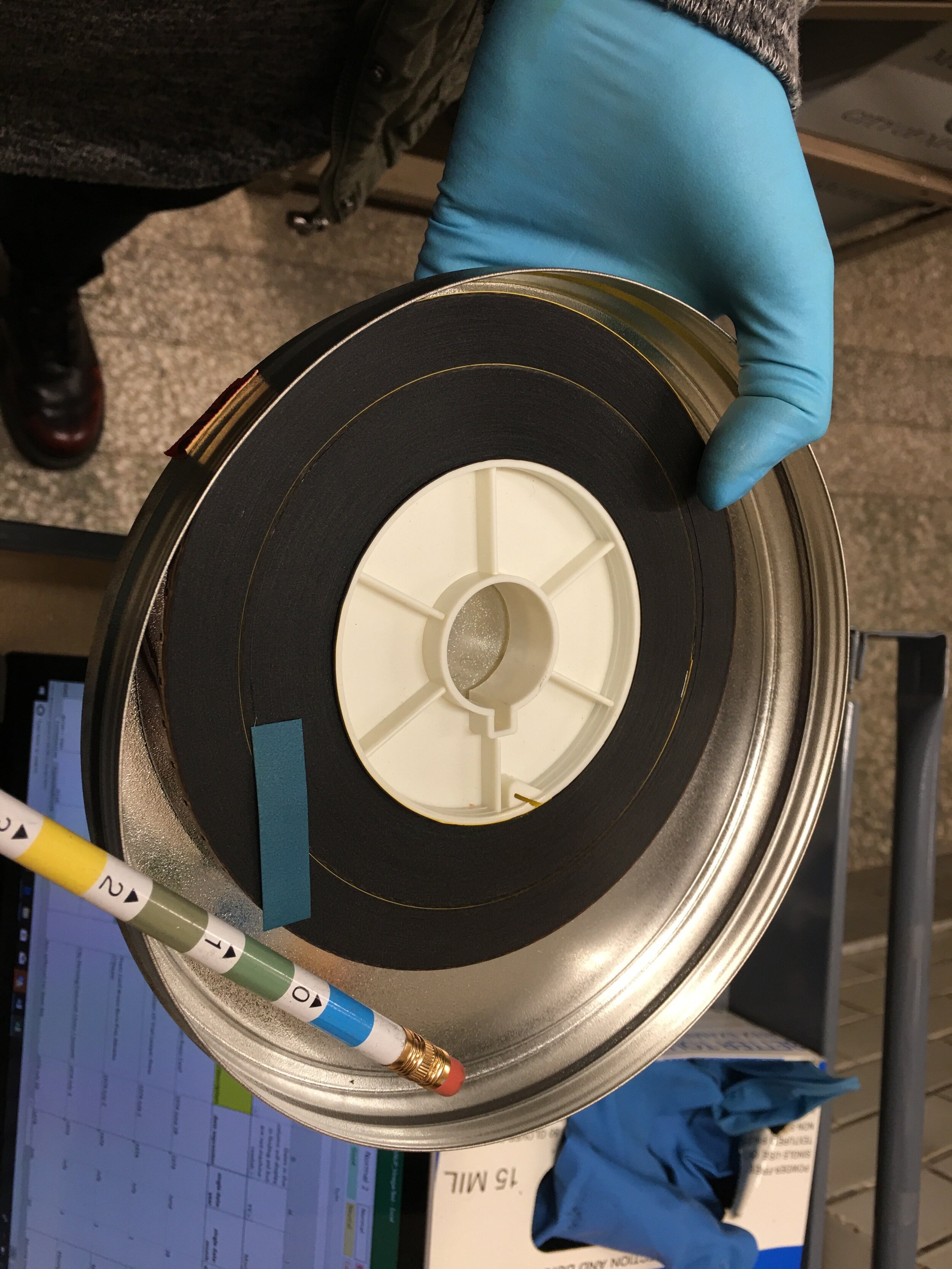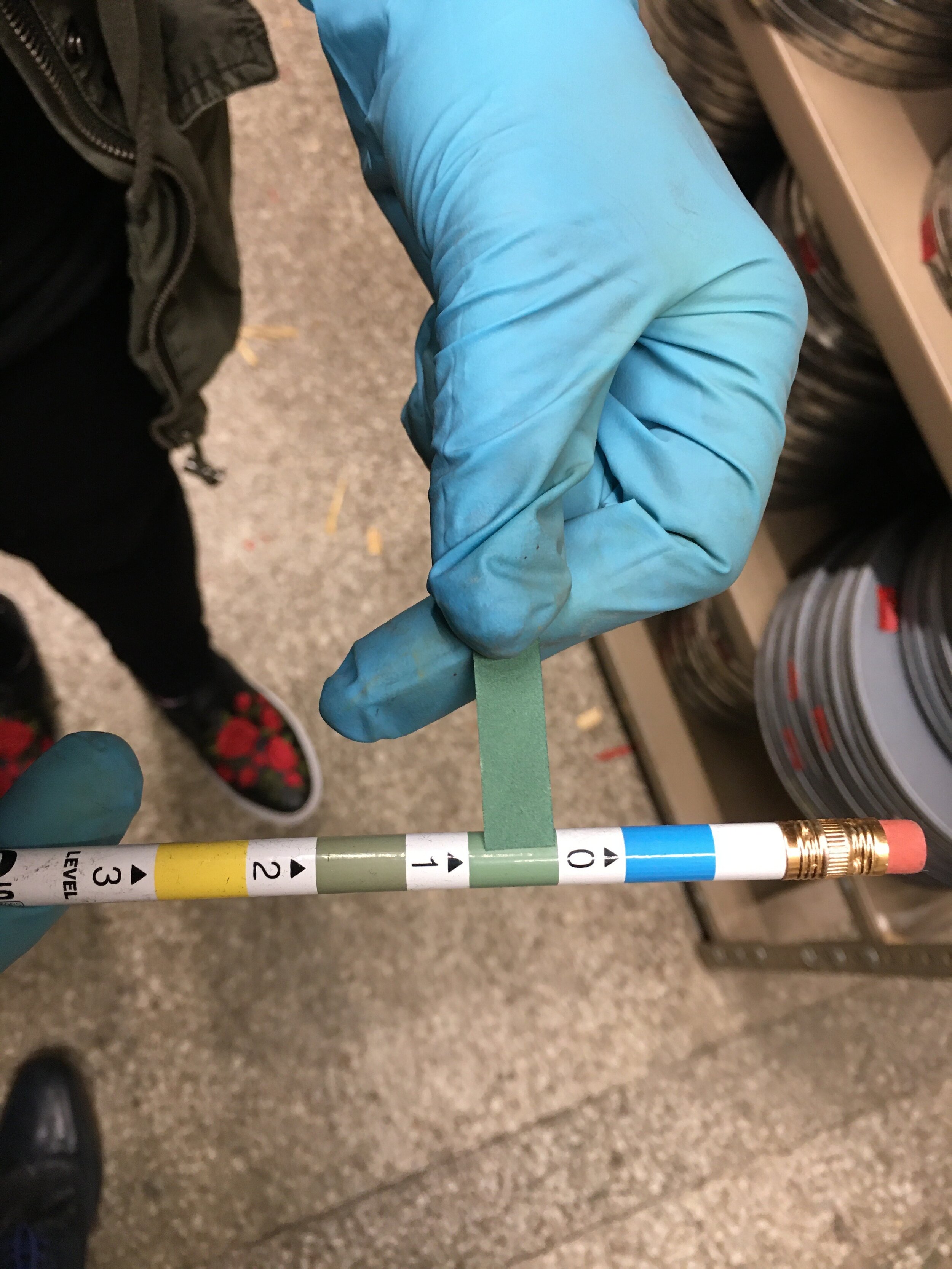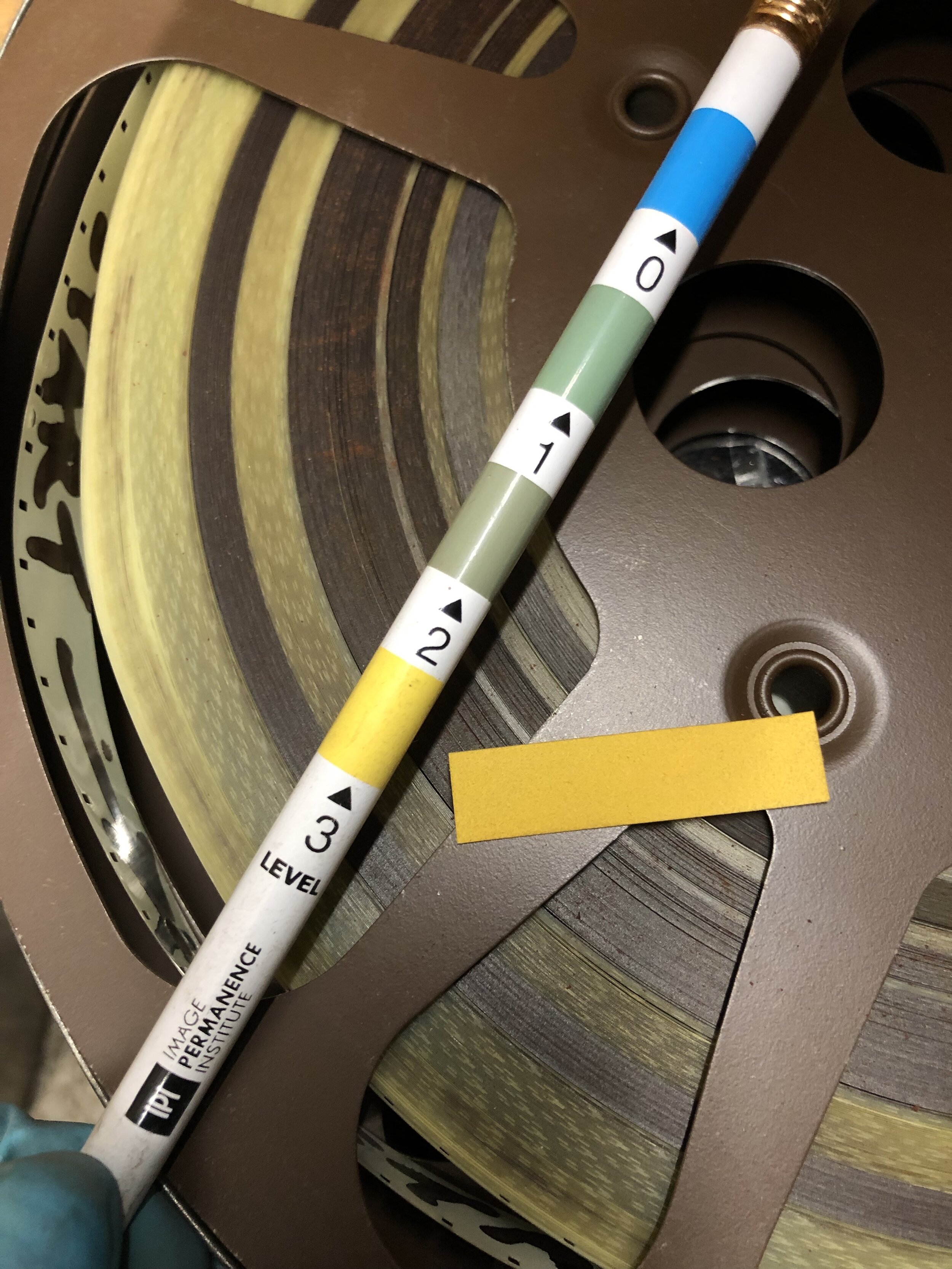Every year museums, libraries and archives around the country participate in Preservation Week to highlight preservation issues at both an institutional as well as a personal level. The New York City Municipal Archives is committed to the long-term preservation of all materials in its care. The Conservation Unit is responsible for the systematic planning and execution of preservation, rehousing, and conservation treatments of the holdings. Current projects include complex treatments on oversize architectural plans of the Brooklyn Bridge and Central Park, two of the most visually appealing collections in the Archives.
On this tenth anniversary of Preservation Week, the Municipal Archives is boosting its emergency preparedness plans. Having an up-to-date emergency plan has become increasingly vital in the era of climate change, and even more so now, amid a new type of emergency for most of us – a global pandemic.
With the Archives staff now teleworking, the normally very hands-on work of the Preservation Unit has shifted to what can be accomplished remotely. Conservators are diligently updating protocols, making plans for future projects, creating guides for future conservation interns, engaging in research and professional development, as well as supporting projects in other parts of the agency. Being removed from the Archives’ physical locations in Lower Manhattan and Brooklyn, however, has brought collections security and continuity of operations to the forefront.
Like most large collecting institutions, the Archives has taken steps to prepare for water incursions, fire, and other typical disaster scenarios, but social distancing has never been in the equation. COVID-19 has changed the landscape in dramatic ways.
As a result, the Archives has taken some immediate steps to ensure collections are safe, such as scheduling regular walkthroughs of storage areas, checking to make sure freezers containing collection materials continue to run properly, and monitoring environmental conditions. This is also an appropriate time to reevaluate the broader emergency plan and to think creatively about future staff training and other ways to enhance preparedness.
Municipal Archives staff assisted the Museum of Chinese in America with collections recovery following a fire in their storage space in January 2020. NYC Municipal Archives.
Current COVID-19 research indicates the virus lives on surfaces for a maximum of a few days. Thus, fears of returning to contaminated books and documents requiring disinfection are largely unfounded. Simply leaving items alone for three days would render them safe. The more pressing concern remains person-to-person transmission and high-touch surfaces that need regular disinfection.
Despite this bit of good news regarding collection material, the COVID-19 situation raises other questions. How to maintain social distancing practices once staff return to work, while continuing to provide access to the collections? How does the typical use of personal protective equipment (PPE) change during this time of supply shortages? How to maintain preparedness, when budgets are reduced? Responses to these questions will evolve as more information becomes available.
A facilities engineer addresses a water leak in one of the Archives’ storage rooms. NYC Municipal Archives.
Our archivists and librarians are planning how to safely reopen and restore services when the time comes. Protocols will be put in place for handling collections after patron use, and stricter enforcement of hand washing or hand-sanitizing may be necessary. While planning is still in the early stages, undoubtedly greater effort will be required to support communication and keep projects on track.
We are also reviewing collection processing protocols. Archivists who rely on PPE when working with moldy or dusty collection materials, may not have immediate access to these items on return. The Department rightly donated its extra stock of disposable N95 masks to support healthcare workers during the pandemic. The Municipal Archives may consider using non-disposable PPE where possible, but of course, this requires an upfront investment and additional maintenance. Respirator masks should also be fit-tested for each user to ensure that they provide adequate protection. In the long run, however, these moves may ultimately prove more cost effective as well as environmentally sustainable.
Boosting preparedness in times of economic uncertainty is no easy task; however, there are a number of steps we can take, such as adding pandemic and social distancing protocols to our existing plans and conducting staff training exercises once back at work among them. A number of state and local grants are available to help organizations develop emergency plans. New resources are also available, such as the NEH’s recently announced CARES grants for cultural organizations.
A water-damaged ledger shows severe mold growth following a water leak. NYC Municipal Archives.
We must not to lose sight of the importance of future preparedness. Science and recent history have shown that disasters are an ever-increasing threat, particularly as the planet continues to warm. While budgets are strained in mitigating the effects of climate change and super viruses, protectors of cultural heritage must continue to think creatively in order to safeguard our history.



















